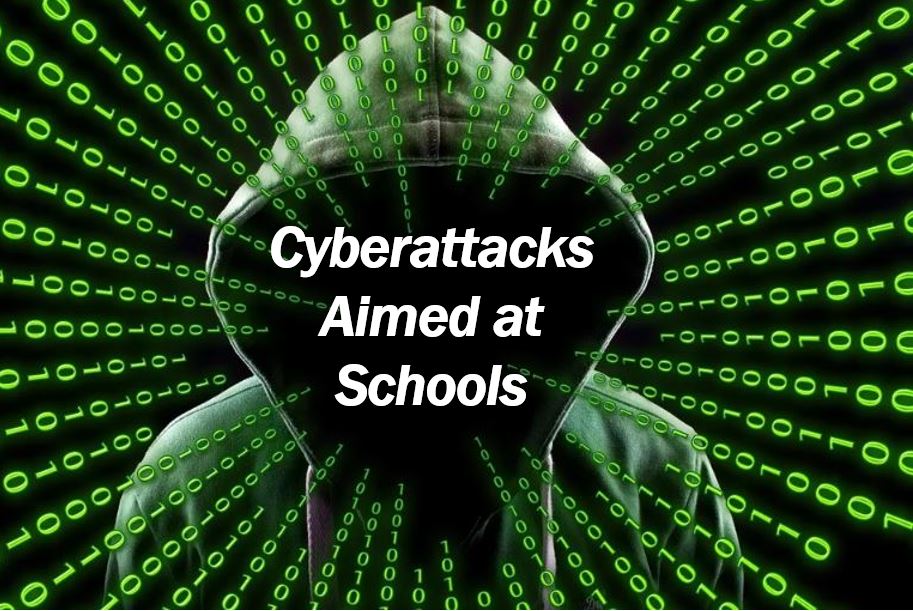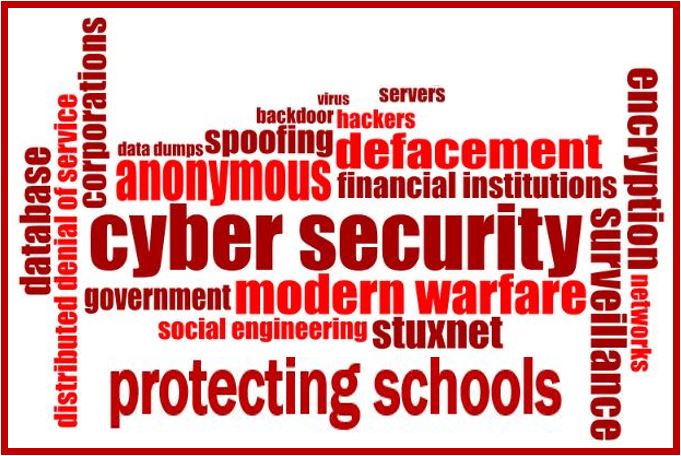Cyberattacks in schools have already doubled in numbers in 2019. Find out why and how schools are being targeted by those with malicious intent.
The number of cyberattacks against schools has already doubled in 2019. This year, schools have had just as many attacks as both 2017 and 2018 combined, according to a recent publication on Techradar. School networks can be like a jackpot to some hackers; they can contain just as much personal data about students, staff, and parents as a business network.
 Access to a school computer system can provide someone with personal identifiers like social security numbers and addresses, but also things like payment and banking information. What does this mean for the educational setting and cybersecurity?
Access to a school computer system can provide someone with personal identifiers like social security numbers and addresses, but also things like payment and banking information. What does this mean for the educational setting and cybersecurity?
Adam Mahoney from Network Outsource on Long Island offers the following tips for schools concerned about ransomware and cyberattacks.
Why School Cyberattacks Are On the Rise
One of the biggest and most obvious reasons schools are becoming a prime target for cyberattacks is the fact that most of them have lacking security in place. In other words, schools are an easy target and criminals with ill intent have discovered this fact and they are using it to their advantage.
Many schools do not have funding to employ entire IT teams; at most, the majority will have one or two IT professionals on staff that have to handle a plethora of tasks with the existing infrastructure. Secondly, schools are now more reliant on technology than they have ever been. Not only do staff members rely on the internet for different things, but students are being assigned school-owned network devices as well.
A Look at the Types of Cyberattacks Most Schools Are Facing
Cyberattacks can come in many different forms, from ransomware to take control over a system and demand a ransom to malware intended to steal pertinent information from private systems.
A recent study performed by Barracuda showed that 31 percent of the schools surveyed had faced data breaches, 23 percent were victims of some form of malware, and phishing occurrences were reported by 13 percent of the schools. Network or infrastructure hacks and denial-of-service attacks were also common in educational settings.
 What School Overseers Need to Do to Protect Against Cyberattacks
What School Overseers Need to Do to Protect Against Cyberattacks
In general, schools need to grow more serious about protecting their networks from attacks, but what does this mean? A few of the best things any school overseer or director can do include:
- Increasing network security through the use of adequate firewalls
- Maintaining a good IT staff or work with a managed IT service to properly protect their systems
- Initializing programs to filter emails and phishing attempts
- Staying up to date with security patches and updates that tend to get pushed aside
The more devices are added to a school’s network of computer systems and internet-connected devices, the more attention should be focused on making everything as secure as possible. With the average school relying on everything from mobile tablets to online printers, cyberattacks in schools are bound to become even more of an issue.
____________________________
Interesting related article: “What is Cybersecurity?”

